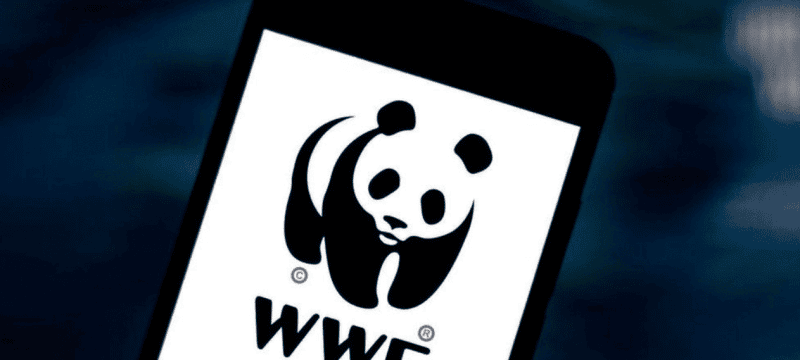The World-Wide Fund for Nature (WWF), a renowned conservation group, recently demonstrated a brilliant marketing strategy by utilizing Twitter’s logo change to shed light on the plight of endangered bird species. With birds facing escalating threats from climate change, habitat loss, illegal wildlife trade, and overfishing, WWF leveraged the opportunity to raise awareness about their conservation efforts.
Read More: Fear grips Murree as the Leopard enters residential areas
In recent years, bird populations worldwide have been dwindling at an alarming rate. The statistics are particularly concerning in North America, where an astonishing 3 billion birds have vanished since the 1970s. Recognizing the urgency of the situation, WWF seized the moment when Twitter unveiled its new logo design.

With a Twitter following of 3.8 million users, WWF posted a thought-provoking tweet that cleverly linked the real-life challenges of bird species with the social media giant’s bird logo. The conservation group’s tweet stated that Twitter’s bird is not the only one disappearing and highlighted that one in eight bird species is at risk of extinction.
The tweet called upon people to retweet the message, aiming to spread awareness about the pressing need for bird conservation. The strategy paid off tremendously as the post garnered a significant number of views and sparked a surge in discussions surrounding the importance of protecting birds and their habitats.
By leveraging the widespread attention garnered by Twitter’s logo change, WWF effectively channeled the public’s interest towards a critical environmental issue. The power of social media in amplifying messages was harnessed to emphasize the severity of the challenges faced by bird populations around the world.
Birds play an integral role in maintaining ecological balance and biodiversity. Their decline not only poses a threat to other species but also impacts essential ecosystem functions, affecting human livelihoods and well-being. WWF’s campaign on Twitter successfully urged individuals and communities to take action and contribute to the conservation efforts aimed at protecting these majestic creatures.
The campaign highlights the importance of innovative marketing strategies in raising awareness about pressing environmental concerns. As organizations like WWF continue to harness the potential of social media and digital platforms, it becomes increasingly crucial to mobilize public support for conservation initiatives.
The collaboration between WWF and Twitter serves as a remarkable example of how the alignment of two seemingly unrelated events can create a powerful message. By capitalizing on the logo change, WWF effectively conveyed the urgency of safeguarding bird species, inspiring a global conversation and driving the imperative for action.
The success of WWF’s marketing move serves as a testament to the potential of creative campaigns in influencing public attitudes and behaviors towards conservation. As the world faces mounting environmental challenges, such initiatives play a vital role in rallying global support to protect and preserve the rich biodiversity that sustains life on Earth.









